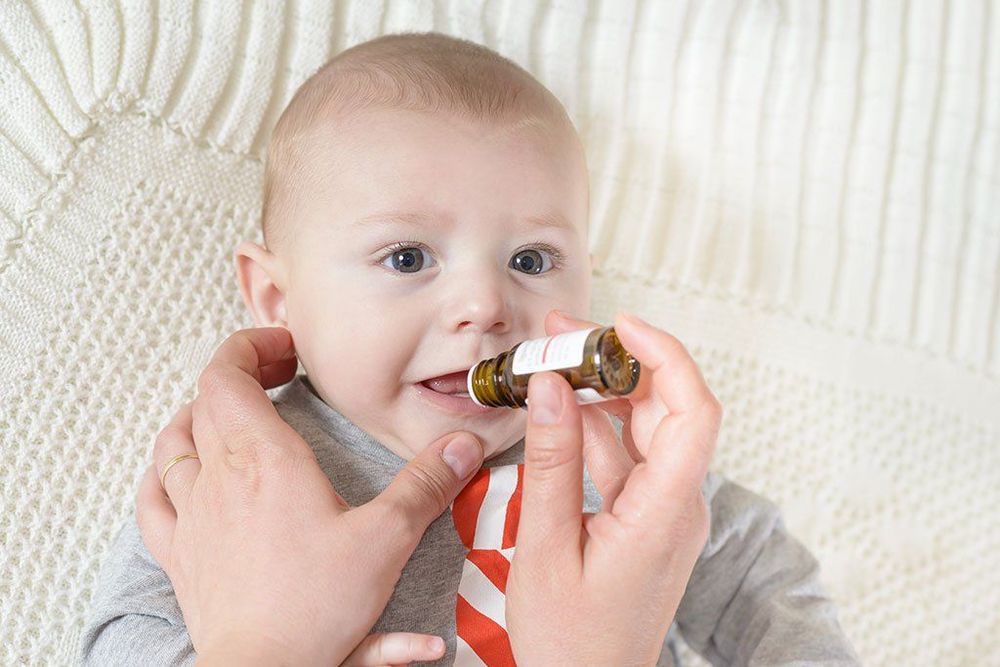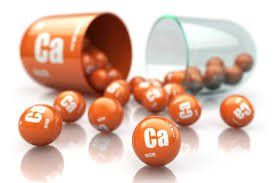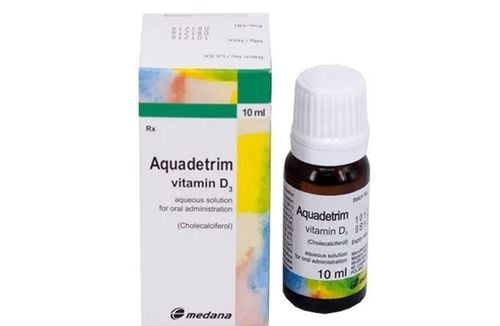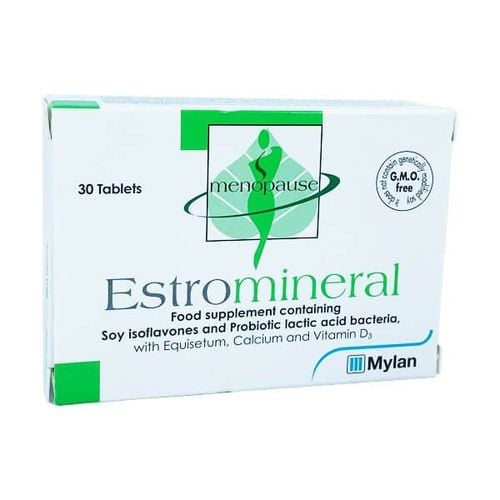This is an automatically translated article.
The article was consulted with Master, Doctor Nguyen Thi An - Pediatrician - Neonatologist - Department of Pediatrics - Neonatology - Vinmec Ha Long International General Hospital.The lack or excess of vitamin D is detrimental to health, so many doctors have recommended that parents should supplement vitamin D with a dose depending on the age of the child. So how to supplement vitamin D?
1. Why do children need vitamin D3 supplements?
Vitamin D is a fat-soluble vitamin that exists in two forms: Vitamin D3 cholecalciferol) and Vitamin D2 (ergocalciferol). Accordingly, Vitamin D3 is better than other types of Vitamin D and increases blood levels of vitamin D nearly twice as high as Vitamin D2.From a nutritional perspective both forms are metabolized similarly. At birth, infants have a limited amount of vitamin D3 stores, mainly being passed from mother to fetus during pregnancy. After birth, infants can get vitamin D3 through breast milk (0.5-1.8 micrograms/liter) and through supplements. Vitamin D3 can also be made in the skin of infants when exposed to the UV rays of sunlight. However, at latitudes greater than 37 degrees north or south, UV rays are too low to produce enough vitamin D3 in late fall to early spring. In addition, the skin's melanin pigment absorbs UV rays and thus it limits the ability to make vitamin D3 for people with dark skin. Parents should limit their newborn's exposure to solar radiation by using hats, blankets, and avoiding direct sunlight. Therefore, the main sources of vitamin D3 for infants include vitamin D3 from mother to baby during pregnancy and after birth from diet and supplements.

Infant vitamin D3 deficiency is widespread worldwide, including in many different geographic regions and cultures. This is partly because not all health care professionals recommend vitamin D3 supplements even after you've exclusively breastfed your baby. Furthermore, some parents are not aware of the importance of vitamin D3 and parents think that their children do not like the supplement.
Trắc nghiệm: Sự phát triển tinh thần, vận động của bé thế nào là đúng chuẩn?
Khi nào bé biết nói, biết hóng chuyện hay biết cầm cốc là "đúng chuẩn"? Điểm xem bạn biết được bao nhiêu mốc phát triển tinh thần, vận động "đúng chuẩn" của bé nhé!The following content is prepared under supervision of Thạc sĩ, Bác sĩ y khoa, Ma Văn Thấm , Nhi , Phòng khám Đa khoa Quốc tế Vinmec Dương Đông(Phú Quốc)
2. How to supplement vitamin d3 for children?
In 2008, the American Academy of Pediatrics recommended the general use of vitamin D and there is no specific recommendation for vitamin D3, so parents can refer to this recommendation as follows:
All infants, Children and adolescents get a minimum of 400 IU of vitamin D per day through diet or supplements. Parents need vitamin D supplements for babies, however, if an infant is formula-fed with adequate amounts of vitamin D through milk, additional supplementation may not be needed. Exclusively or partially breastfed infants, as well as children and adolescents who consume less than 1 liter of vitamin D fortified milk per day, should receive an additional 400 IU of vitamin D per day.

Vitamin D3 (cholecalciferol) is the preferred form of vitamin D for supplementation. Children with certain medical conditions, such as fat malabsorption and those requiring long-term medication, may need higher doses of vitamin D because of an increased risk of deficiency. There is no evidence to suggest that supplementing with 400 IU of vitamin D daily is toxic. However, parents need to use it for children according to the instructions of the doctor.
3. Supplement vitamin d3 properly
Usually vitamin D3 is taken in pill form and taken by mouth as directed by your doctor. The best time to take Vitamin D to be absorbed is after eating, but you can take it before eating. If you are unsure of any information, consult your doctor or pharmacist before use.
If your doctor has prescribed Vitamin D3, take it as directed by your doctor. Dosage depends on your medical condition, amount of sunlight, diet, age, and response to treatment.
If you use vitamin D in liquid form, usually a vitamin d3 supplement for your baby, parents should be careful to measure the exact dose with a special measuring device/spoon. Do not use a spoon/spoon to measure the dose of vitamin d3 for a child.

If you are taking Vitamin D3 as a chewable tablet or sponge, chew the medicine thoroughly before swallowing. Do not swallow the whole sponge cake.
If you are taking Vitamin D3 as a quick-dissolving tablet, dry your hands before touching the medicine. Place the tablet on your tongue to let it dissolve completely and then swallow it with saliva or water.
To avoid forgetting to take your medication, take your Vitamin D3 at the same time of day as a once-daily dose or the same day/week as a once-weekly dose.
4. Side effects of Vitamin D3
Vitamin D3 in normal doses has almost no side effects. If you have any unusual effects, contact your doctor or pharmacist as soon as possible.
In fact, having too much vitamin D can cause an increase in blood calcium levels. Get medical help right away if you have any signs of high vitamin D/calcium levels such as nausea/vomiting, constipation, loss of appetite, increased thirst, increased urination, mood swings, fatigue abnormal.
Allergic reactions are very rare when using vitamin D3. However, if you have any symptoms of a serious allergic reaction, including: rash, itching/swelling (especially of the face/tongue/throat), severe dizziness, trouble breathing, you should seek medical advice. medical facility for immediate emergency care.

Please dial HOTLINE for more information or register for an appointment HERE. Download MyVinmec app to make appointments faster and to manage your bookings easily.














